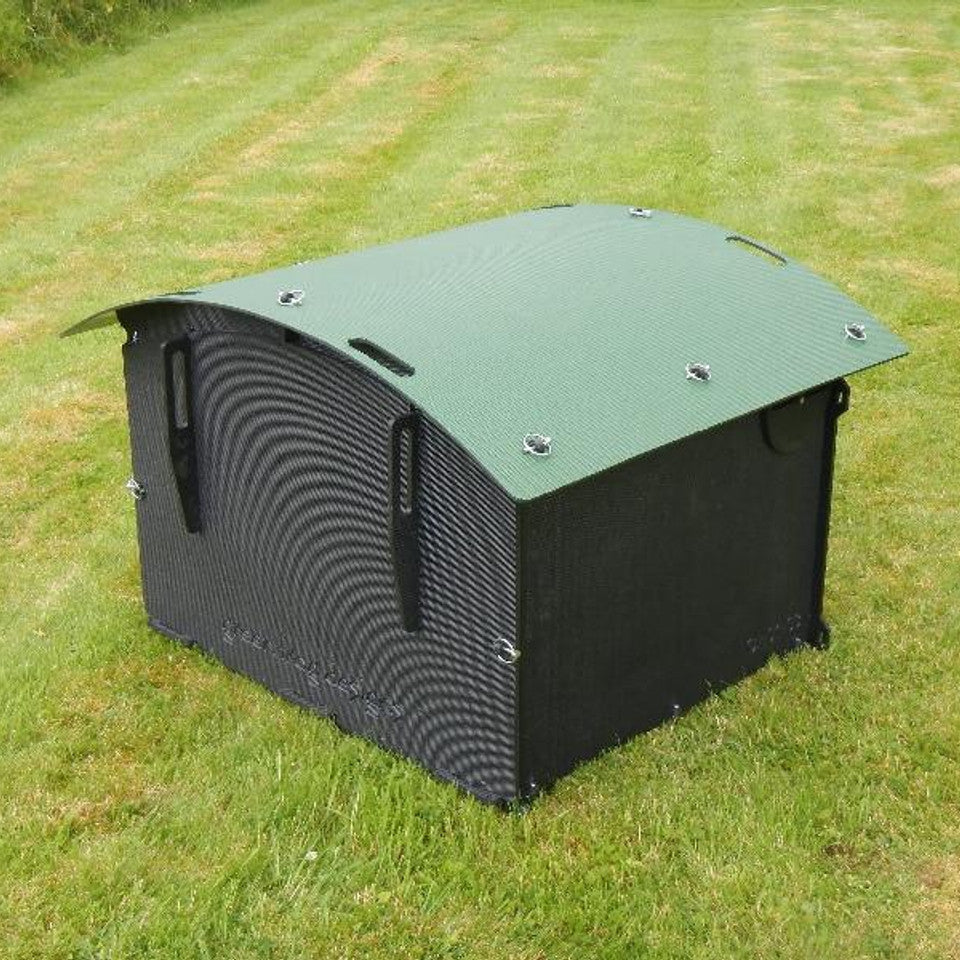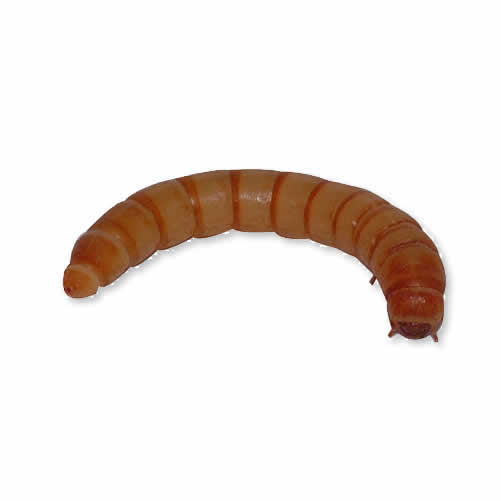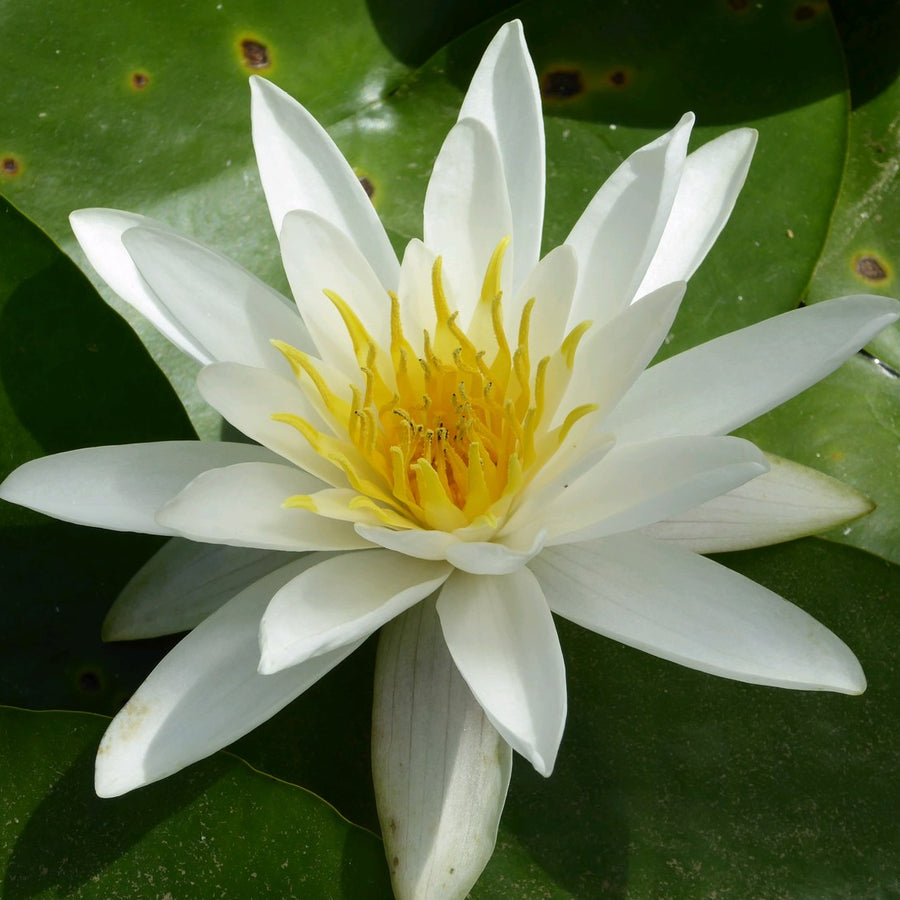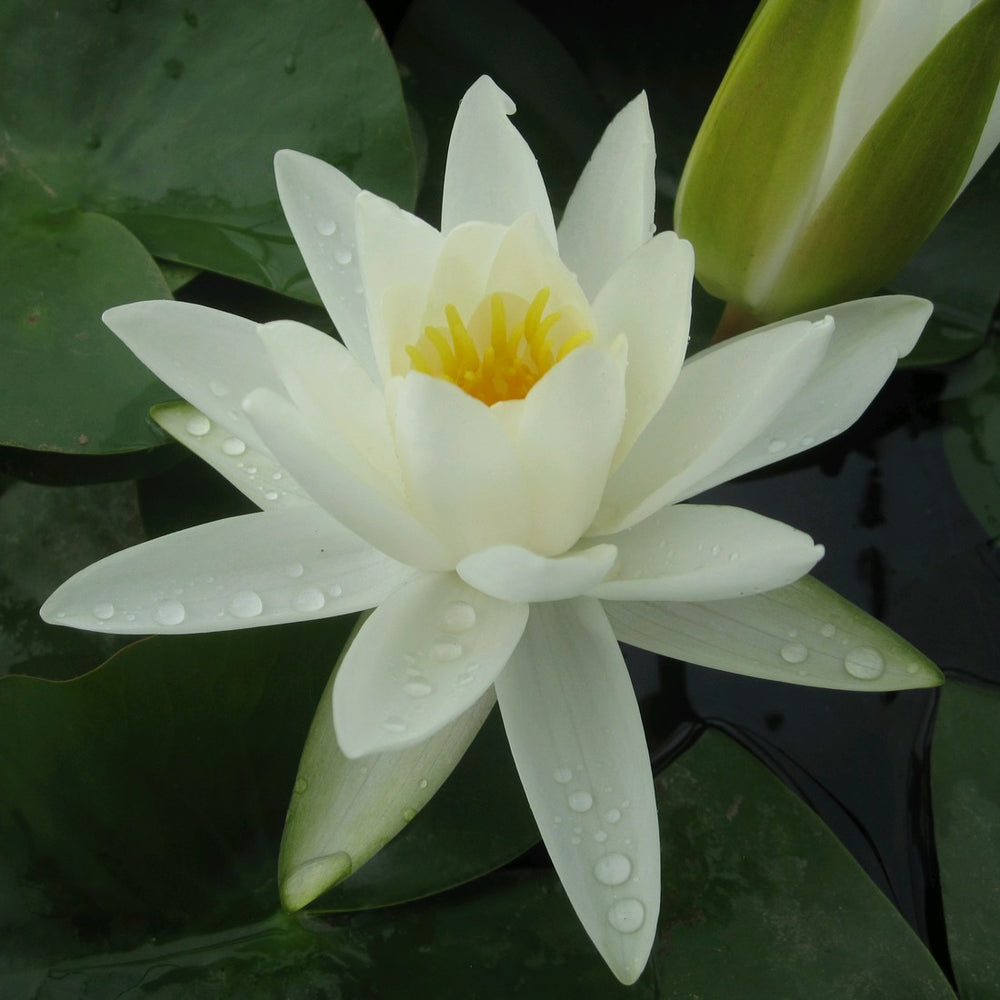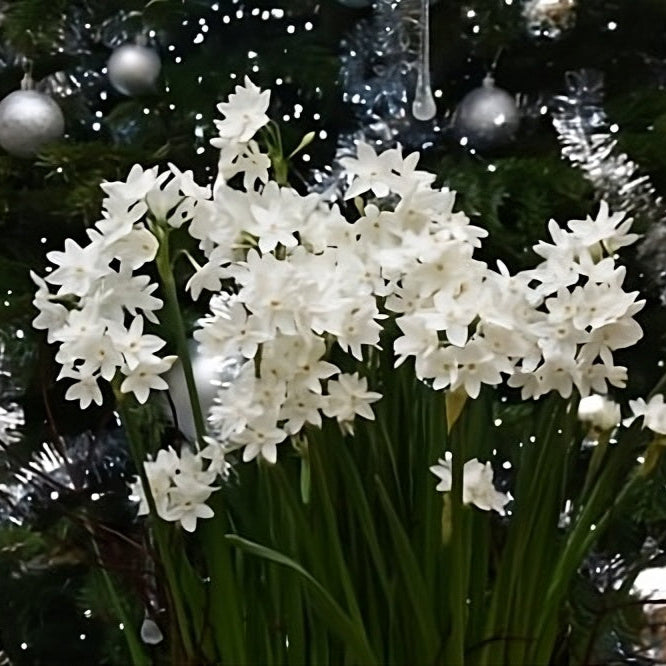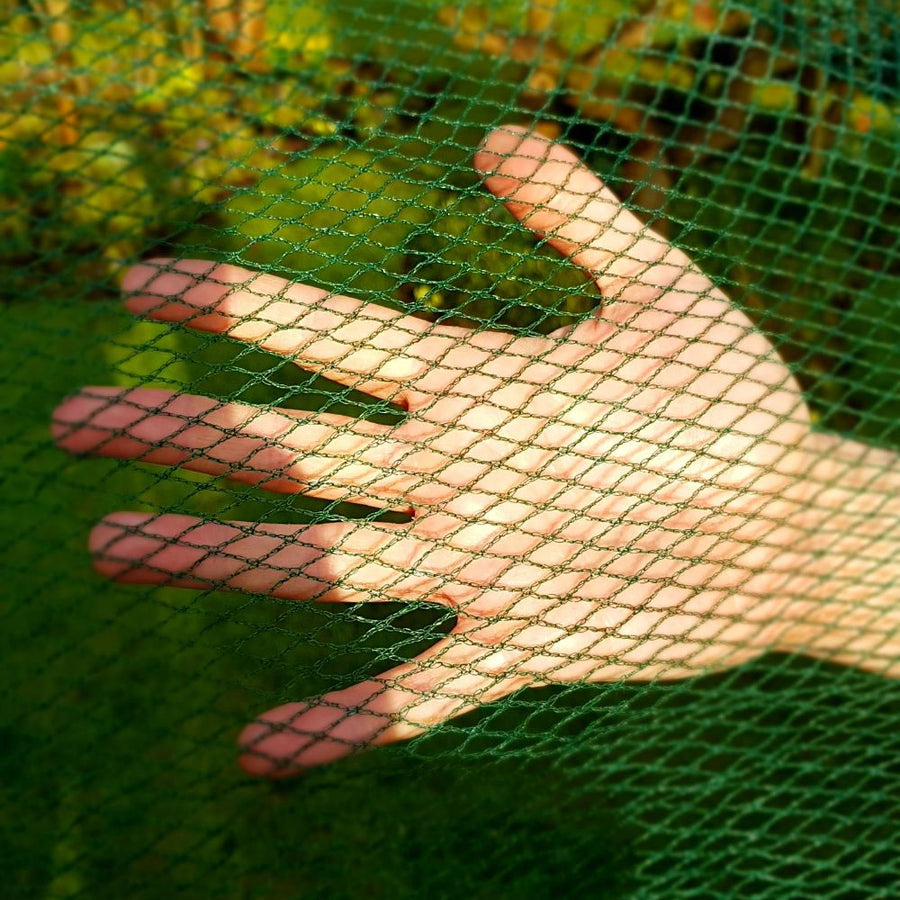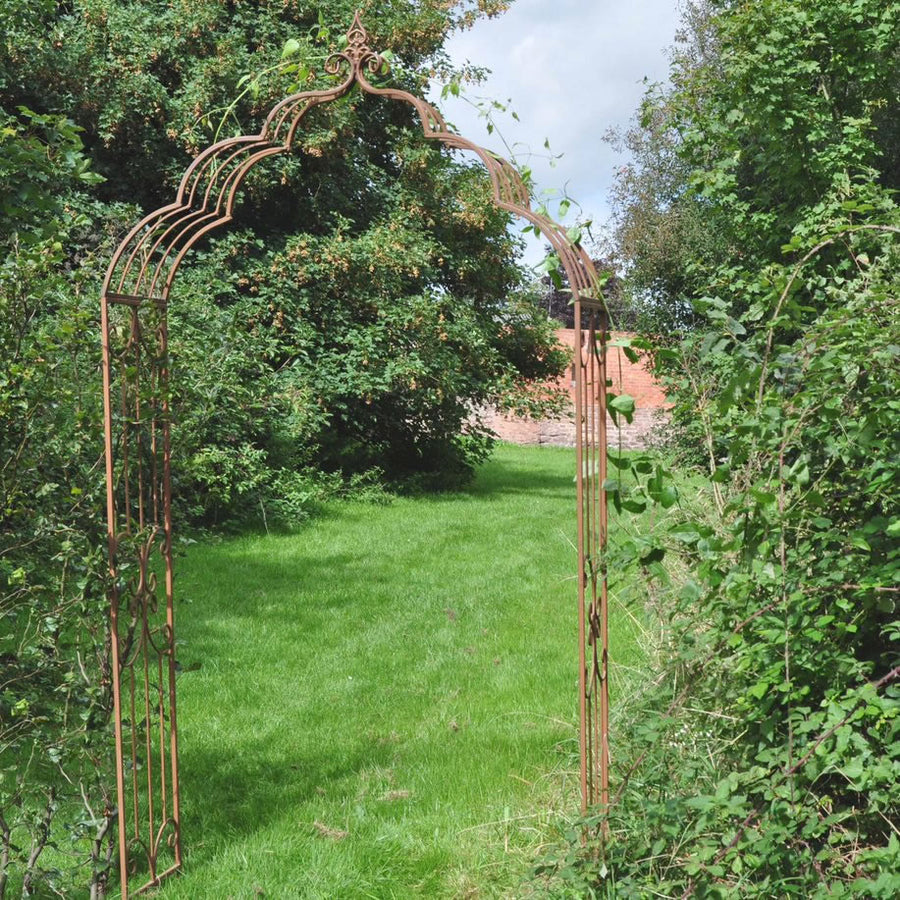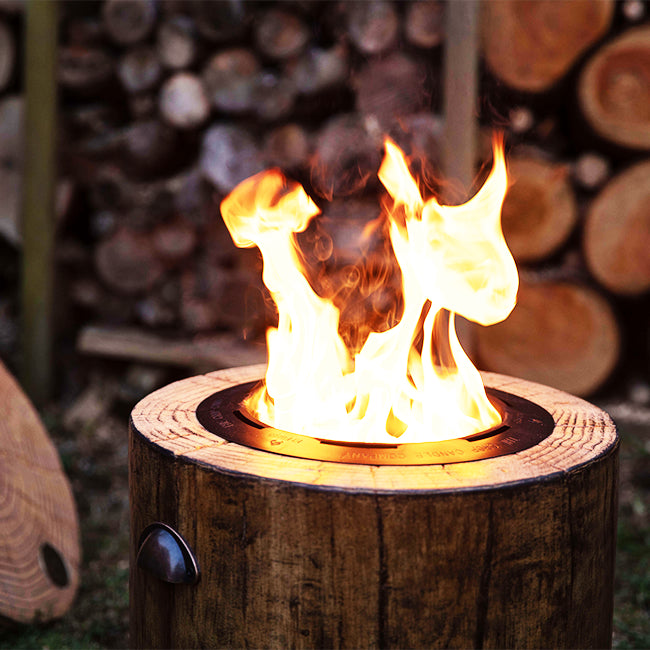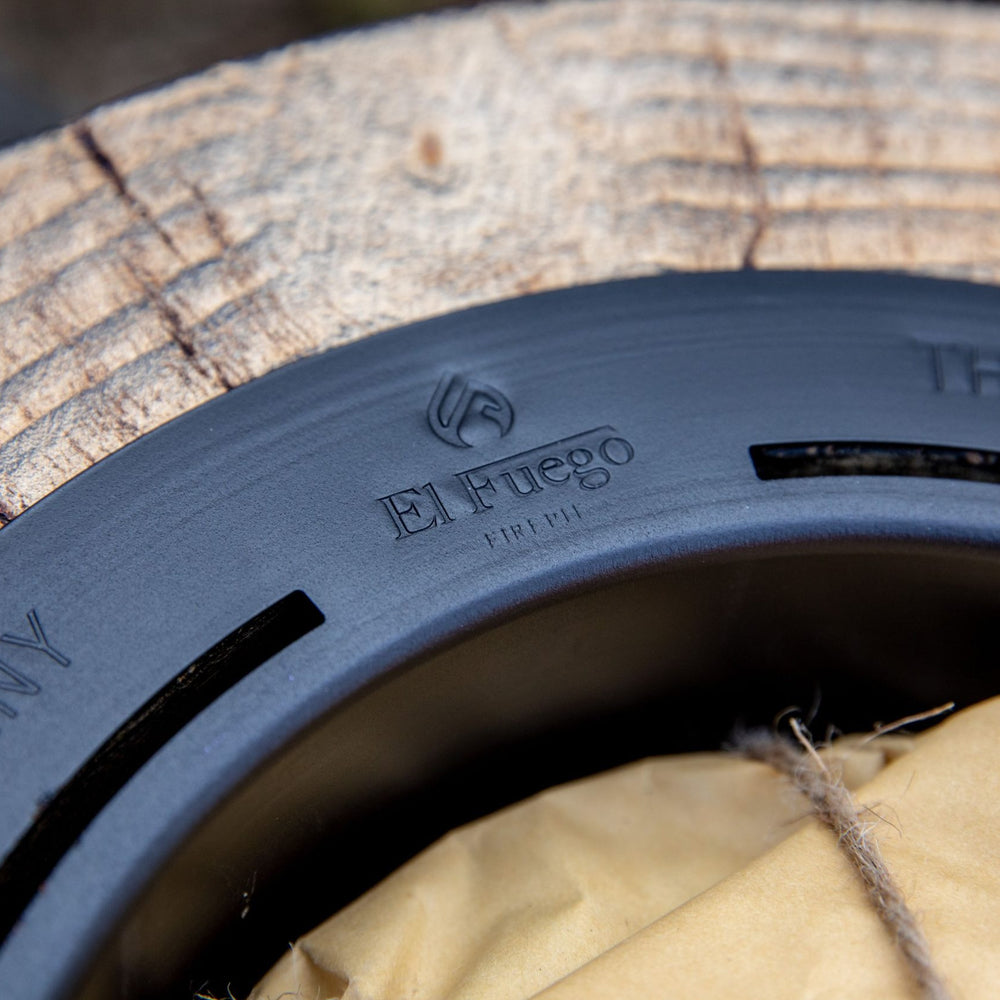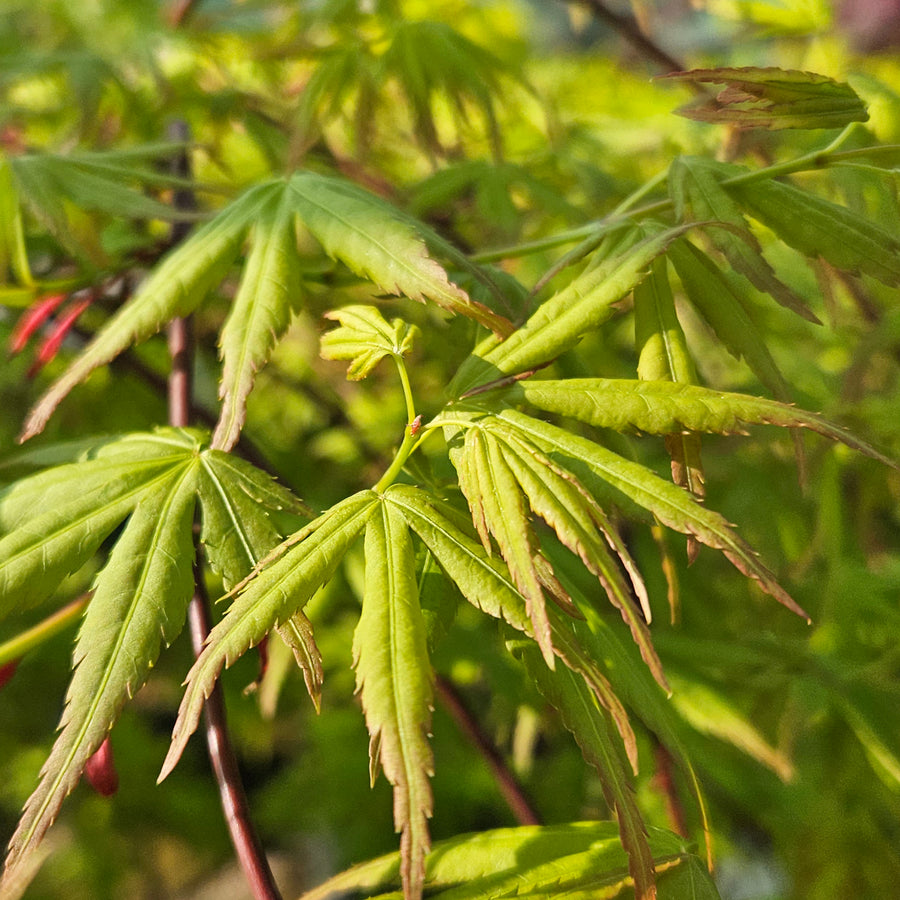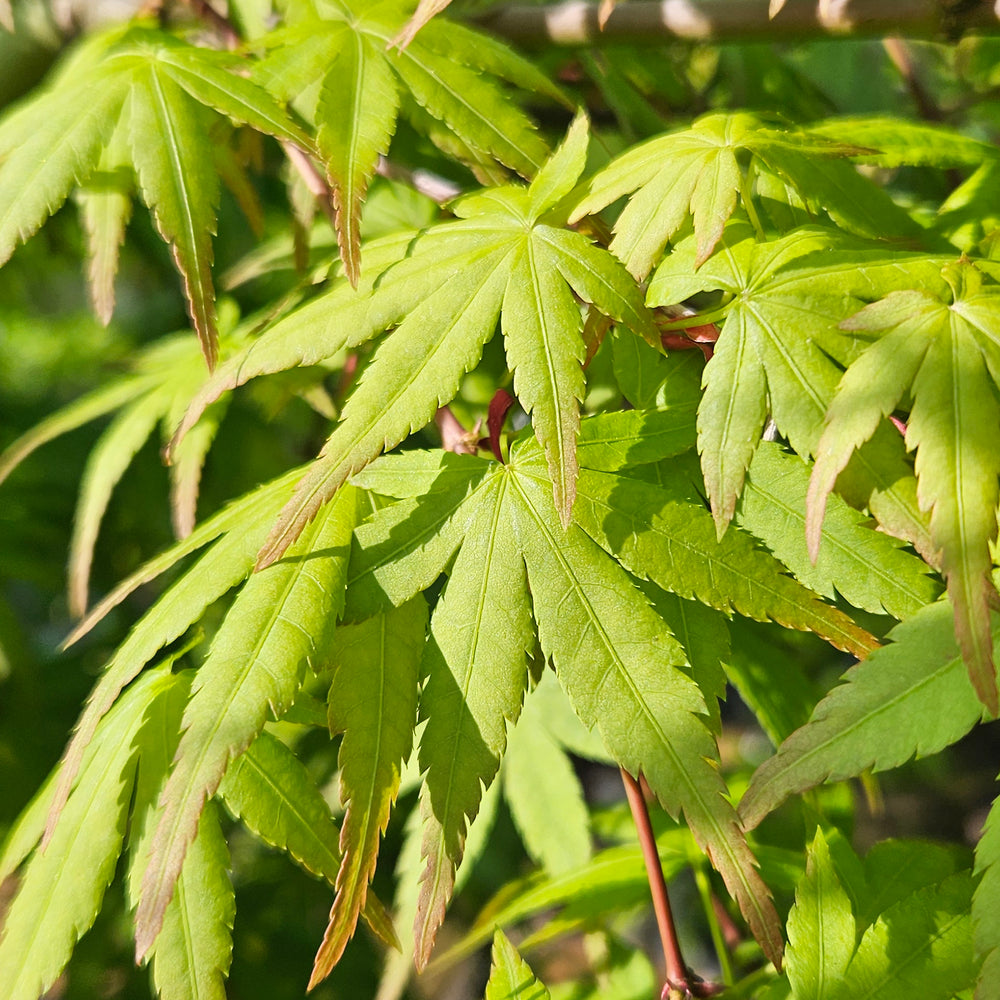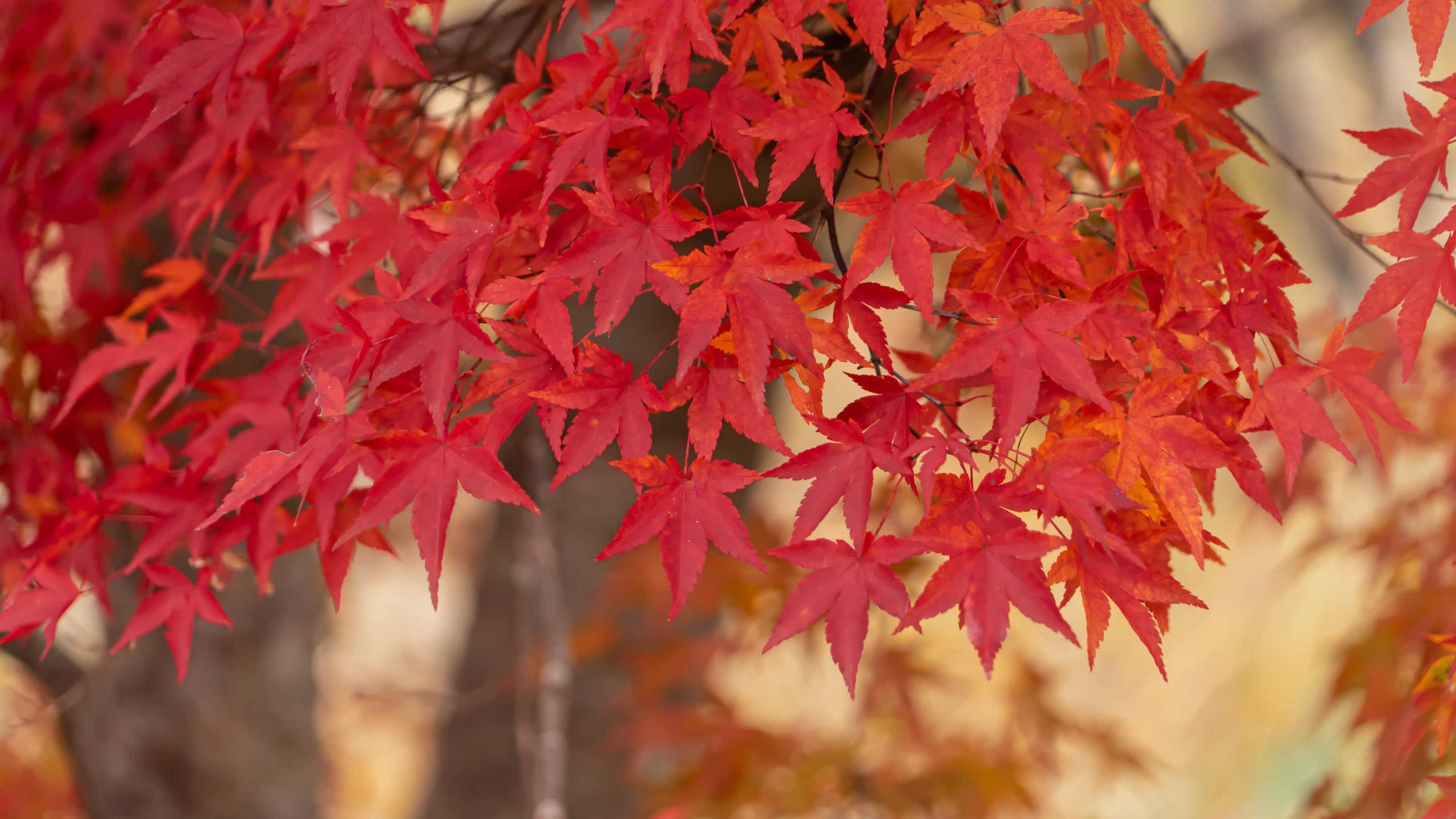
Acer (Japanese Maples)
Japanese maples do a great job for garden ecosystems, offering multi-layered wildlife value. Their early spring blossoms provide nectar for hungry queen bumblebees emerging from hibernation, while the leaves support caterpillars of several moth species. Large, mature trees may develop creviced bark that shelters roosting bats, treecreepers, and overwintering insects. In autumn, their winged seeds (samaras) are eaten by finches and small mammals, while the leaf litter below nourishes soil life. Even in winter, their structure offers perches for birds and hibernation spots for ladybirds. From compact Japanese maples to native field maples, Acers bring year-round habitat diversity to wildlife-friendly gardens.



